China announced and implemented on Wednesday a policy allowing visa-free entry of foreign tourist groups aboard cruise ships via all cruise ship ports along the country's coastline.
Foreign tourist groups comprising two or more individuals and organized or received by China's domestic travel agencies can enter the country visa-free via cruise ship ports in 13 cities and stay for up to 15 days, according to a statement issued by the National Immigration Administration.
All members of each group should travel together on the same cruise ship to the next port until the vessel leaves China, with activities limited to coastal provinces, municipalities and autonomous regions, as well as Beijing.
The visa-free entry ports are in Tianjin, Shanghai, Dalian in Liaoning province, Lianyungang in Jiangsu province, Wenzhou and Zhoushan in Zhejiang province, Xiamen in Fujian province, Qingdao in Shandong province, Guangzhou and Shenzhen in Guangdong province, Haikou and Sanya in Hainan province, and Beihai in the Guangxi Zhuang autonomous region.
The NIA also announced that seven cruise ports in Dalian, Lianyungang, Wenzhou, Zhoushan, Guangzhou, Shenzhen and Beihai have been designated as visa-free transit ports for nationals from 54 countries.
The move facilitates the transfer and departure of foreign travelers from these ports via cruise ships under China's visa-free transit policy, the statement noted.
"The full implementation of the visa-free policy for foreign tourist groups arriving by cruise ships will support the development of the cruise industry, attract more foreign tourists to China, and enhance exchanges between Chinese and foreign nationals," said Mao Xu, director of the NIA's Foreigners Management Department.
Shanghai has been piloting China's visa-free policy for cruise tourists since October 2016, leading to a 10 percent average annual increase in the number of cruise passengers.
Buoyed by the success in Shanghai, the NIA decided to expand the policy to other coastal cities, promoting the intensive development of cruise-related industries in these areas, Mao said.
To make cruise port entry and exit procedures more convenient, the NIA has introduced a range of measures facilitating customs clearance for international passengers, easing crew disembarkation and promoting cruise ship maintenance, among other services, he said.
Based on cruise ship schedules and passenger numbers, immigration officers will handle border inspection procedures in advance and adopt a convenient clearance certification code to ensure smooth disembarkation and boarding, Mao said.
Foreign passengers on the same cruise trip will be exempt from fingerprint collection and stamping of entry and exit permits. Simplified procedures will also be applied to international crew members, he said.
During international cruise ship maintenance, immigration authorities will provide services around the clock for handling permits for boarding and mooring foreign vessels. They will also issue nationwide permits for personnel engaged in cruise ship supply, maintenance, inspection and operational services, he added.
International cruise transportation to and from Chinese ports fully resumed in September 2023, and China handled over 107,000 cruise passengers last year, according to the Ministry of Transport.
Zhu Zhenyu, deputy director of the ministry's Water Transport Bureau, said there are currently 21 international cruise ships operating at Chinese ports.
"The cruise transportation market is thriving, and passenger numbers are expected to steadily recover and increase in 2024," he said.
Shi Zeyi, deputy director of the International Exchange and Cooperation Bureau of the Ministry of Culture and Tourism, noted the positive growth of the inbound cruise tourism market, saying that from February to April, over 14,000 tourists from over 40 countries and regions visited China aboard cruise ships.
The Ministry of Culture and Tourism and other departments are streamlining the entire inbound tourism process, addressing issues and optimizing visa and customs policies, improving tourism services, and enhancing the management of and the shopping environment at cultural and tourism sites, Shi said.
To address payment difficulties faced by foreign tourists, the ministry, the People's Bank of China, the State Administration of Foreign Exchange and the National Cultural Heritage Administration issued a notice in April requiring all 5A- and 4A-rated tourist destinations, national- and provincial-level tourist resorts, national-level tourist culture streets, and three-star to five-star hotels to accept domestic and international bank cards.
Major cultural and tourism places should maintain manned ticket windows and support cash payments, the notice said. Currency exchange services at cultural and tourism venues with a large number of foreign visitors should be enhanced, and mobile payment services should also be optimized, it added.








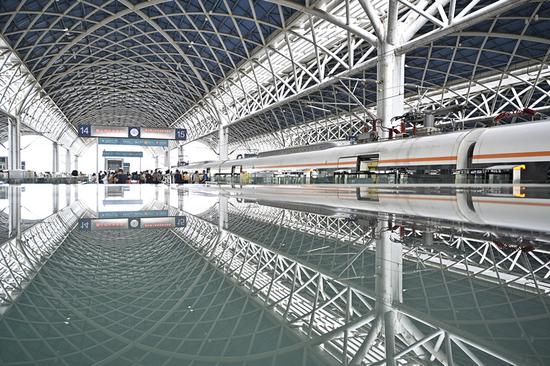












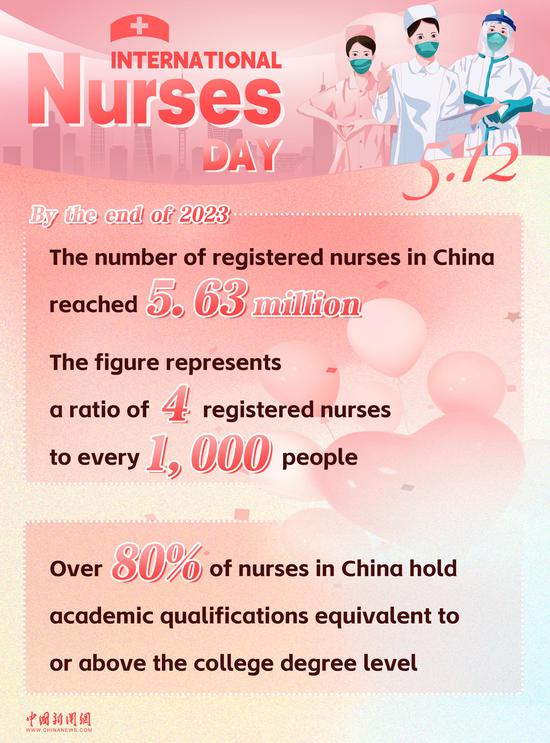



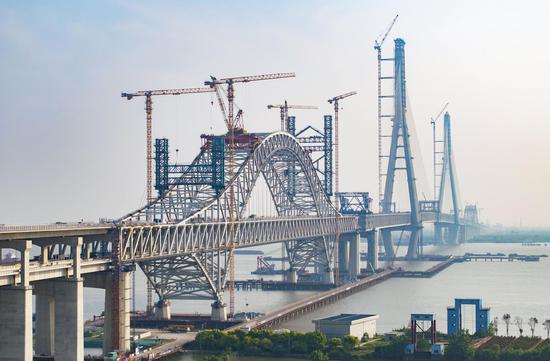

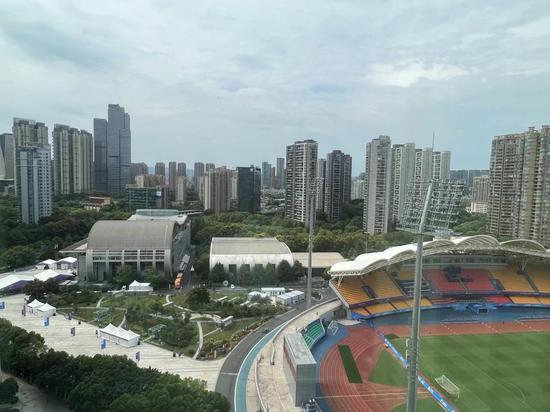
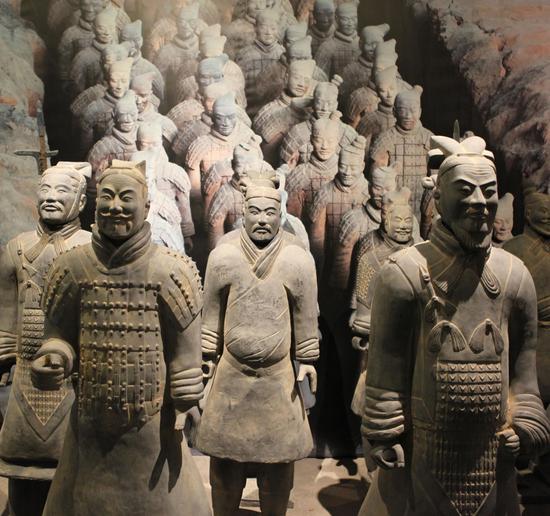






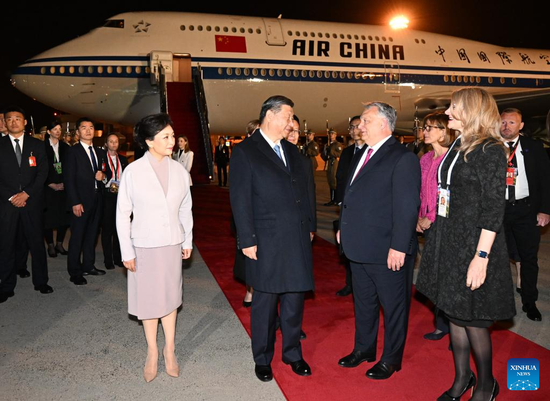

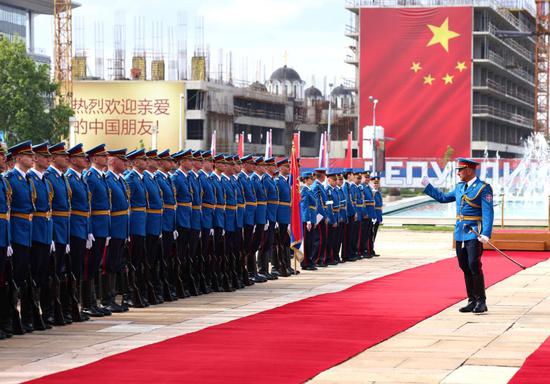
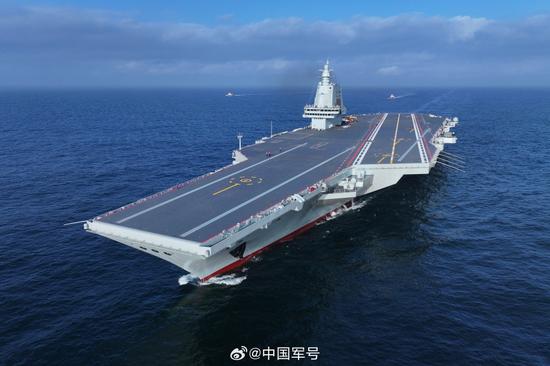
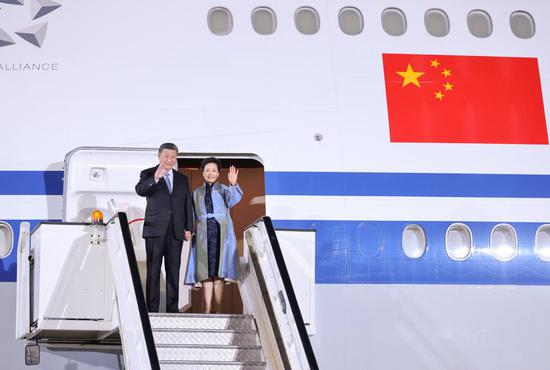



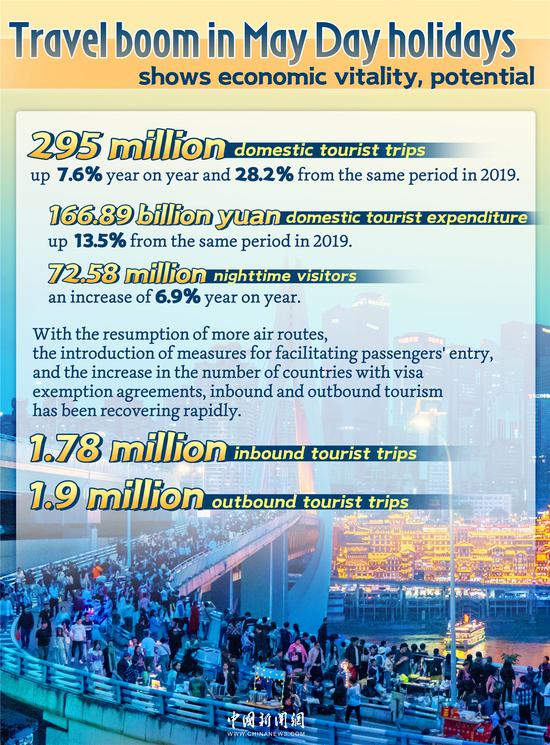






 京公网安备 11010202009201号
京公网安备 11010202009201号